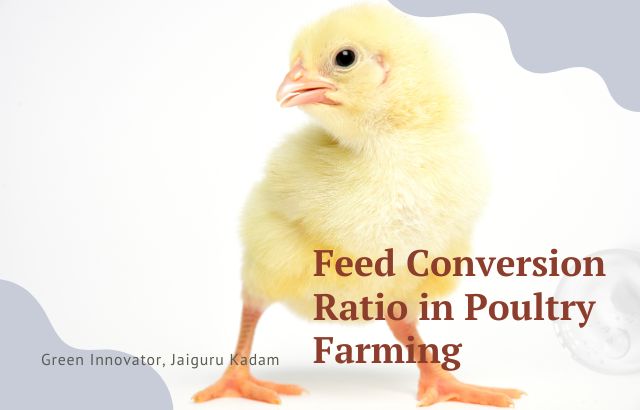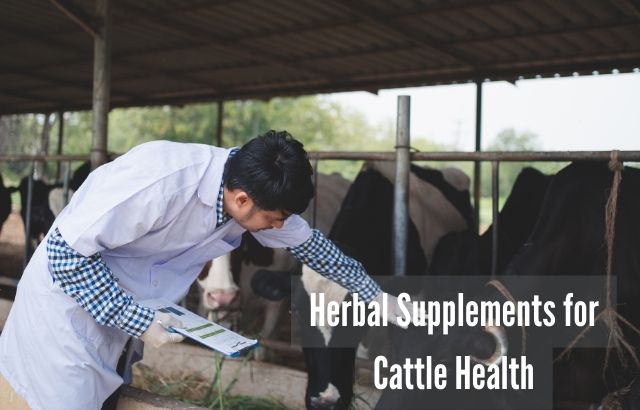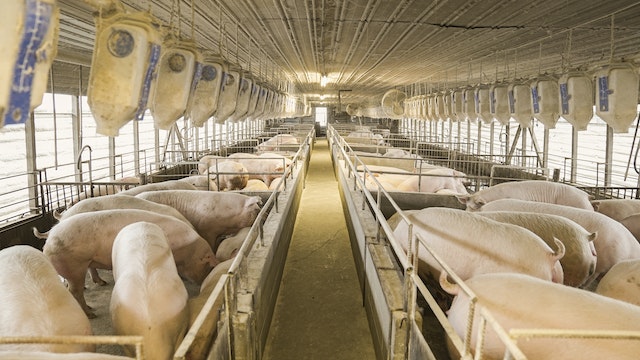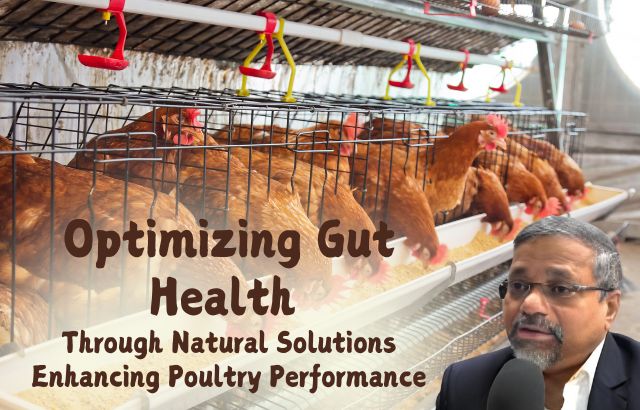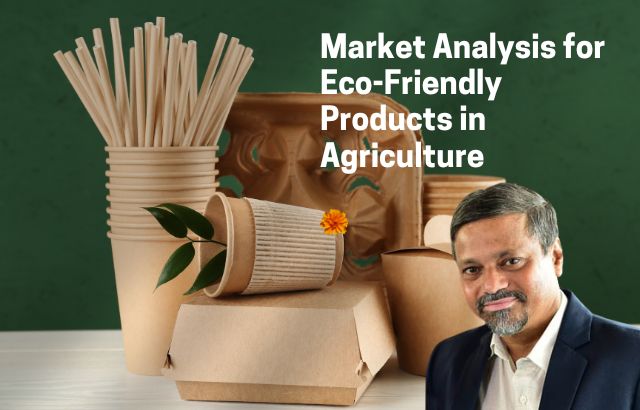Feed Conversion Ratio (FCR) is one of the most critical performance metrics in poultry farming. It directly affects profitability, sustainability, and overall efficiency. As the poultry industry becomes more competitive, understanding and optimizing FCR is more important than ever.
In this blog, Green Innovator Jaiguru Kadam explores the science behind FCR, how it impacts poultry production, and the best strategies to improve it. With expert insights, calculations, and practical advice, this blog is a must-read for students, seasoned poultry farmers, and veterinary doctors alike.
What is Feed Conversion Ratio (FCR)?
Feed Conversion Ratio (FCR) is the measure of the efficiency with which poultry convert feed into body mass. It tells you how much feed is required to produce one unit of weight gain in poultry (chickens, turkeys, etc.). It’s a crucial metric because feed typically accounts for 70-80% of the total costs in poultry farming.
The formula for calculating FCR is:
[
\text{FCR} = \frac{\text{Amount of Feed Consumed (kg)}}{\text{Weight Gained (kg)}}
]
For example, if 2 kg of feed is consumed to gain 1 kg of body weight, the FCR is 2.
Why is FCR Important in Poultry Farming?
Cost Efficiency: Improving FCR means less feed is required to produce the same amount of meat or eggs, which directly translates to cost savings.
Animal Health: A lower FCR often indicates better health and more efficient metabolism, which is essential for optimal growth rates.
Sustainability: Reducing feed waste contributes to a more sustainable poultry farming operation by lowering resource consumption and minimizing environmental impact.
Profitability: A more efficient FCR means the same number of birds can be produced at a lower cost, leading to improved profit margins.
The Economic Impact of Improving FCR
Improving FCR isn’t just about better management practices—it’s about maximizing your bottom line. For example:
- A small improvement in FCR can yield significant savings: If you reduce your FCR by 0.1 (from 2.0 to 1.9), you will save feed costs for every bird you raise. If feed costs $0.30 per kg, and a broiler weighs 2.5 kg at slaughter, that’s a savings of $0.30 per bird, adding up significantly over the course of a year.
- Scaling the savings: In large-scale operations, improving FCR by just 0.1 can lead to hundreds of thousands of dollars in annual savings. This not only boosts profitability but can also give you a competitive edge in the market.
Ideal FCR for Poultry
The ideal FCR varies depending on poultry type, breed, farming system, and the bird’s age. Here are some general benchmarks:
- Broilers: Modern commercial breeds typically achieve an FCR of 1.6 to 2.0, meaning for every 1 kg of weight gained, 1.6 to 2.0 kg of feed is consumed.
- Layers: For egg production, the FCR is usually higher, ranging between 2.0 and 2.5.
How to Improve Feed Conversion Ratio (FCR)
Improving FCR requires optimizing several factors: feed quality, genetics, management practices, and environmental conditions. Here are the key strategies:
1. Quality Feed
- Nutrient Composition: The feed should be nutritionally balanced, with the right proportions of protein, fats, vitamins, minerals, and fiber to ensure maximum absorption and growth.
- Use of Additives: Additives like enzymes, probiotics, and organic acids can enhance digestion and nutrient absorption, improving FCR.
- Pelleted or Crumbled Feed: These forms of feed reduce waste and improve intake efficiency compared to mash feeds.
2. Genetics
Modern poultry genetics have led to the development of breeds that are more efficient at converting feed into body mass. Select breeds known for superior genetic traits, such as fast growth rates, higher feed efficiency, and resistance to disease.
3. Management Practices
- Feeding Schedule: Establish a regular feeding schedule to ensure birds consume feed at optimal intervals, promoting healthy digestion.
- Feeding Density: Overstocking the poultry house leads to competition for food and reduced growth. Maintain appropriate stocking density to ensure all birds have access to sufficient feed.
- Health Monitoring: Regular health checks and prompt treatment of diseases prevent growth stunting, improving overall FCR.
4. Environmental Factors
- Temperature and Humidity Control: High temperatures or humidity levels cause stress in poultry, reducing feed intake and digestion efficiency. Maintaining a stable and comfortable environment ensures optimal feed conversion.
- Lighting: Proper light management, including exposure to natural light cycles, encourages feed intake and optimal growth.
5. Water Management
Clean, fresh water is crucial for digestion and overall bird health. Ensure that water is readily available at all times to support efficient feed utilization.
The Role of Technology in Improving FCR
In today’s poultry industry, technology plays a key role in optimizing FCR. Some innovative approaches include:
- Precision Feeding: Automated systems deliver precise amounts of feed based on the needs of each bird, ensuring efficiency and reducing waste.
- Environmental Monitoring: Smart systems that track temperature, humidity, and air quality in real-time help farmers maintain ideal conditions, reducing stress and improving feed efficiency.
- Digital Health Monitoring: Wearable sensors and automated health trackers can detect early signs of illness, enabling quicker intervention and minimizing growth disruptions.
Case Study: FCR Improvement in Action
Let’s take a closer look at a case study of a farm that optimized FCR:
Farm Profile: A large-scale broiler farm was struggling with high feed costs and poor FCR. The farm was producing an FCR of 2.3, which is above the industry average for modern breeds.
Interventions:
- Improved Feed Quality: The farm switched to a nutritionally balanced feed with added enzymes and probiotics.
- Genetics: The farm transitioned to a faster-growing breed with a lower baseline FCR.
- Environmental Control: They installed automated temperature and humidity control systems, maintaining optimal conditions in the poultry house.
- Management Practices: A more structured feeding schedule and reduced overcrowding were implemented.
Results: Within six months, the farm reduced its FCR to 1.8, which saved 10% on feed costs. Over the course of the year, this resulted in significant cost savings, contributing directly to improved profitability.
Statistical Insights: FCR in Poultry
Here are some real-world statistics to highlight the potential for FCR improvement:
- Broiler FCR: Modern commercial breeds achieve an FCR of around 1.7 to 1.8, which is a 5-10% improvement over older strains.
- Layer FCR: Layers typically achieve an FCR between 2.2 and 2.5, but optimized systems can lower this closer to 2.0.
Feed Costs: At an average cost of $0.30 per kg of feed:
- A broiler with an FCR of 1.8 will cost $0.54 to gain 1 kg of weight.
- With an FCR of 2.0, the cost rises to $0.60 per kg of weight gain.
Calculations for Feed Conversion Ratio (FCR)
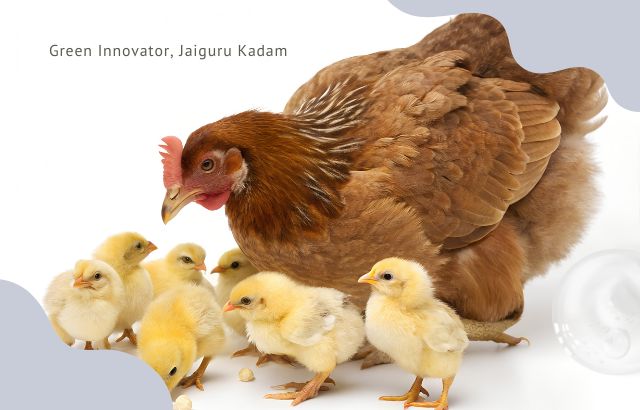
Example 1: Broiler FCR Calculation
A poultry farm consumes 10,000 kg of feed over a period, and the birds gain 5,000 kg of weight. The FCR calculation is:
[
\text{FCR} = \frac{\text{Amount of Feed Consumed (kg)}}{\text{Weight Gained (kg)}} = \frac{10,000 \text{kg}}{5,000 \text{kg}} = 2.0
]
To improve FCR, the farmer could focus on feed quality, genetics, and environmental factors.
Example 2: Layer FCR Calculation
A layer farm consumes 25,000 kg of feed and produces 12,500 dozen eggs (with an average weight of 55 grams per egg). The total weight of eggs produced is:
[
12,500 \text{dozen} \times 12 \text{eggs/dozen} \times 55 \text{grams/egg} = 8,250,000 \text{grams} = 8,250 \text{kg}
]
Now, calculate the FCR:
[
\text{FCR} = \frac{25,000 \text{kg}}{8,250 \text{kg}} = 3.03
]
This FCR of 3.03 means it took 3.03 kg of feed to produce 1 kg of egg weight.
FAQs about FCR in Poultry Farming
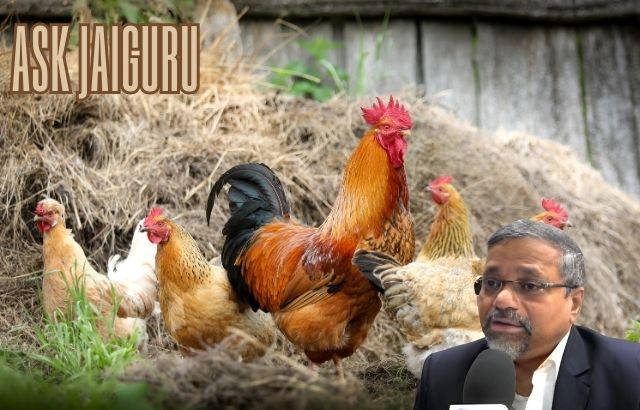
- What is the ideal FCR for broilers?
The ideal FCR for broilers is typically between 1.6 and 1.9, depending on breed and conditions. Lower FCRs are considered more efficient. - How can I improve FCR in my poultry farm?
You can improve FCR by providing high-quality feed, optimizing environmental conditions, ensuring proper management practices, and selecting genetically efficient breeds.
Why does FCR matter?
FCR is directly linked to feed costs and overall profitability. A lower FCR means less feed is needed to produce the same amount of weight, resulting in cost savings and improved efficiency.
- What are the common causes of poor FCR?
Poor nutrition, improper feeding schedules, overcrowding, poor health, and suboptimal environmental conditions can all contribute to a higher (worse) FCR. - How does temperature affect FCR?
High temperatures increase stress in poultry, leading to lower feed intake and poor digestion, which ultimately results in a higher FCR.
Conclusion
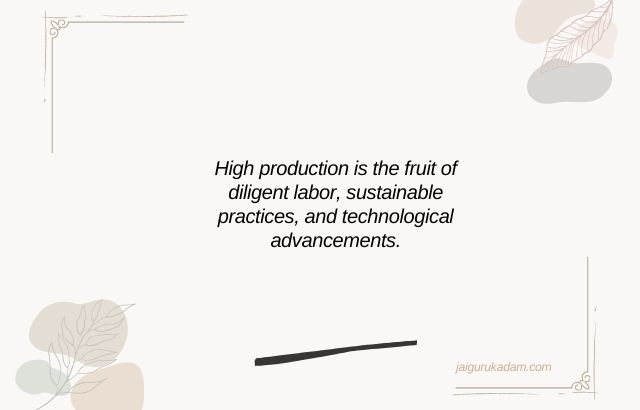
Improving Feed Conversion Ratio (FCR) is crucial for the success of a poultry farming operation. By focusing on high-quality feed, efficient genetics, optimal management practices, and maintaining a healthy environment, poultry farmers can reduce feed costs, improve efficiency, and increase profitability. Whether you’re a student learning about poultry science or an experienced farmer, understanding FCR will help you make better decisions for a more sustainable and profitable poultry farm.
By Green Innovator, Jaiguru Kadam – Pioneering sustainable poultry farming practices for the future
Quote: “Efficiency in feed is the foundation of profitability in poultry farming.”
Explanation: Feed costs represent a significant portion of a poultry farm’s expenses. By improving feed conversion, farms can reduce costs and boost profits.
Strategy: Focus on optimizing feed quality and nutrition to enhance feed conversion efficiency.
Execution: Implement a balanced diet with essential nutrients, and use feed additives like enzymes or probiotics to improve digestion.
Quote: “A lower FCR means more profit per bird.”
Explanation: The Feed Conversion Ratio directly affects the amount of feed required for each kilogram of poultry growth, making it a crucial metric for profitability.
Strategy: Regularly monitor FCR and adjust feeding practices to ensure birds are efficiently converting feed to weight.
Execution: Track FCR data weekly, adjust the feeding schedule, and ensure birds receive optimal care and conditions for growth.
Quote: “Healthy birds convert feed more efficiently.”
Explanation: Poultry health is critical for optimal feed conversion. Sick or stressed birds will not convert feed into weight as efficiently.
Strategy: Prioritize health management and early disease detection to ensure birds grow at their best.
Execution: Conduct regular health checks, vaccinate birds on schedule, and create a stress-free environment through proper housing and care.
Quote: “The right genetics are key to optimal feed conversion.”
Explanation: Selecting breeds with superior genetic traits for feed efficiency leads to improved FCR and faster growth.
Strategy: Choose fast-growing breeds with high feed-to-weight conversion efficiency.
Execution: Work with breeding experts to select the best-performing breeds and continuously monitor their performance under your farm’s specific conditions.
Quote: “Smarter farming starts with precision feeding.”
Explanation: Precision feeding uses data to deliver the right amount of feed to each bird, reducing waste and improving FCR.
Strategy: Adopt automated feeding systems or technology that tailors feed delivery to the needs of individual birds.
Execution: Implement automated systems that track bird growth and adjust feed quantities based on real-time data, optimizing feed efficiency.

